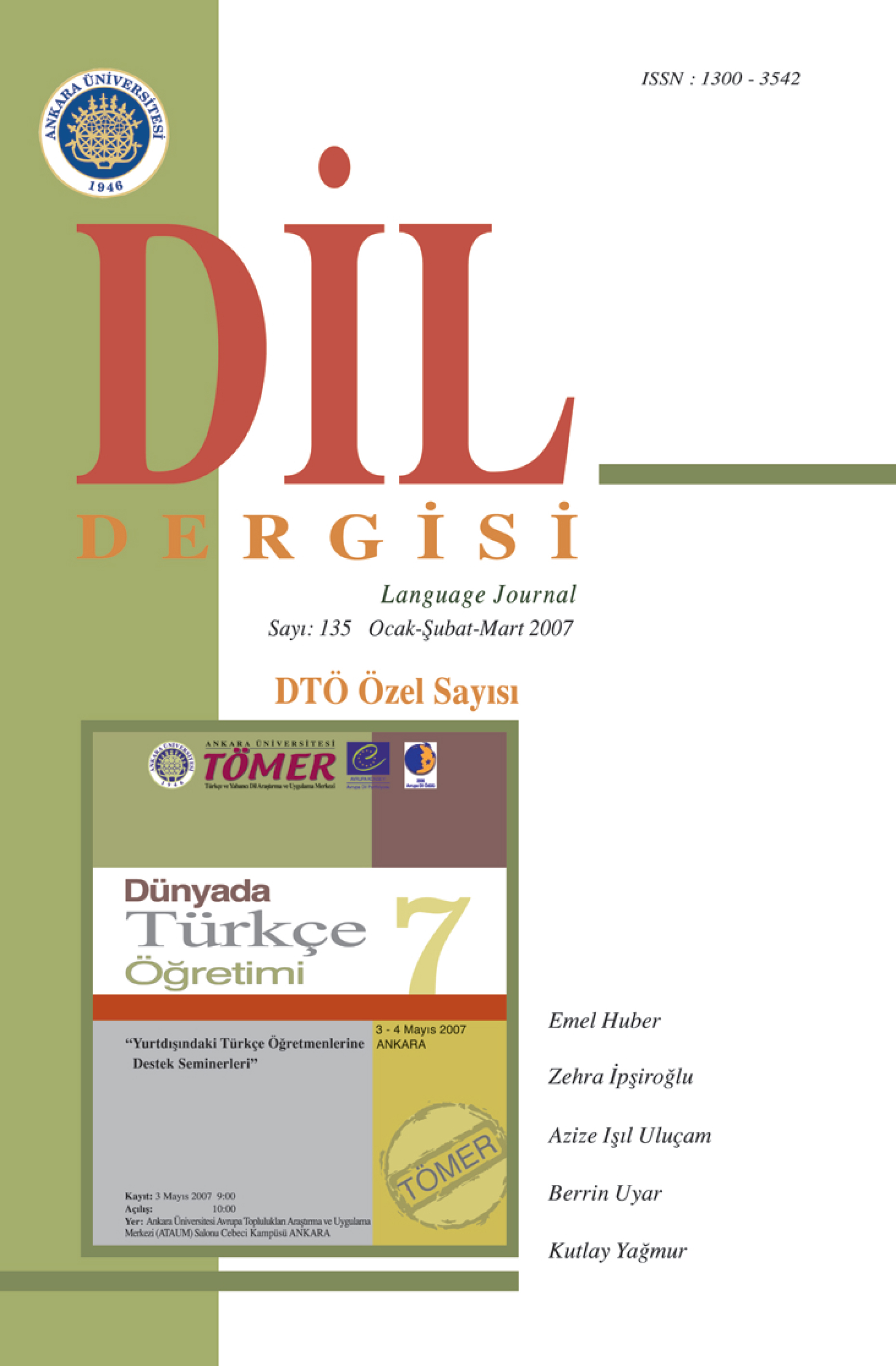İkidilli Çocukların Dil Becerilerinin Ölçümü Ve Eşik Kuramı
The Testing Of Language Skills Of Bilingual Children And The Threshold Theory
Author(s): Kutlay YağmurSubject(s): Language studies, Education, Foreign languages learning, Language acquisition
Published by: Ankara Üniversitesi TÖMER
Keywords: bilingualism; thresholds theory; cognitive underlying proficiency; Turkish; immigrant children; language policy;
Summary/Abstract: Researchers increasingly focus on immigrant minority children’s development of language proficiencies. Mostly based on limited number of informants, researchers and school practitioners claim language deficiency and/or subtractive bilingualism on behalf of immigrant minority children. In most multilingual settings, schools only measure immigrant minority children’s mainstream language skills rather than their home language skills. On the basis of proficiency levels in the second language, most immigrant children are considered to be languageimpaired. In order to provide appropriate schooling for such children, bilingual testing is vital. Given the multilingual composition of schools in Duisburg (Germany), policy makers carried out multi-level bilingual proficiency tests. This test included six sections: phonemic differentiation, cognitive concepts, passive vocabulary, text comprehension, active vocabulary, and sentence imitation. The first four sections of the test were presented to children digitally (on computer screen), while the last two were done traditionally (pen and paper). Apart from these tests, children completed a short survey questionnaire. On the basis of the survey instrument, it was possible to find out in which language, German or Turkish, children were dominant. In this article, empirical results of the Cito test are presented. The results show that balanced bilingual children have much higher skills in both German and Turkish. Moreover, they have higher metalinguistic awareness. As opposed to policy makers’ claims, children, who have a much firmer basis in the mother tongue, have much better skills in the second language. The findings were primarily used to test Cummins’ cognitive underlying proficiency hypothesis and thresholds theory. The results provide solid empirical evidence for both theories.
Journal: Dil Dergisi
- Issue Year: 2007
- Issue No: 135
- Page Range: 60-75
- Page Count: 16
- Language: Turkish

